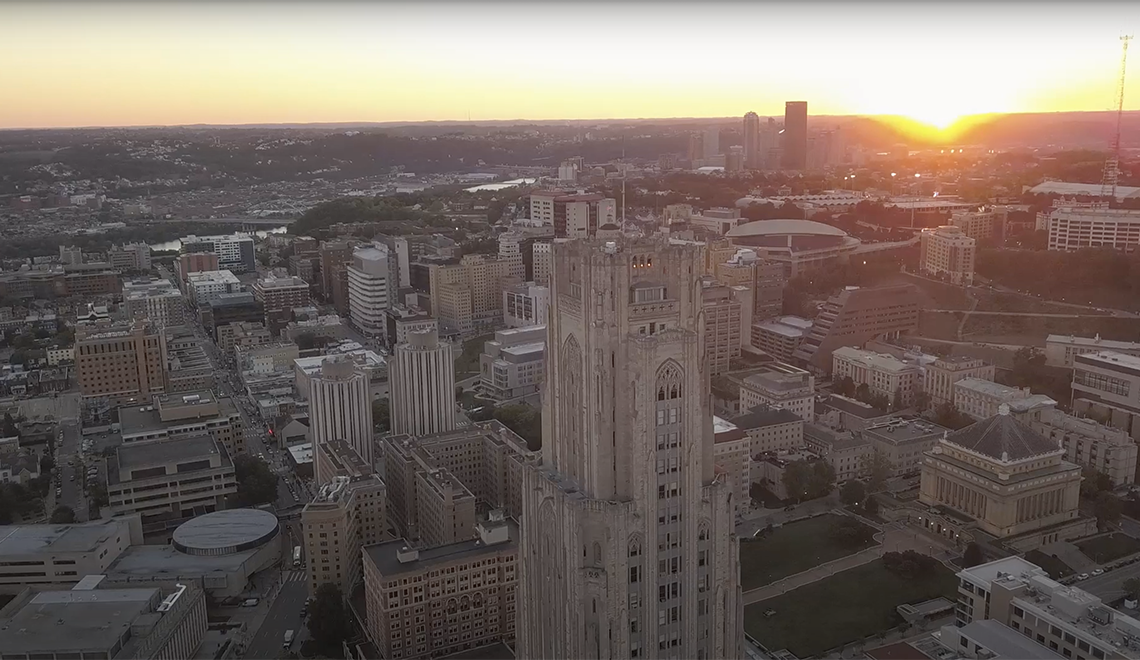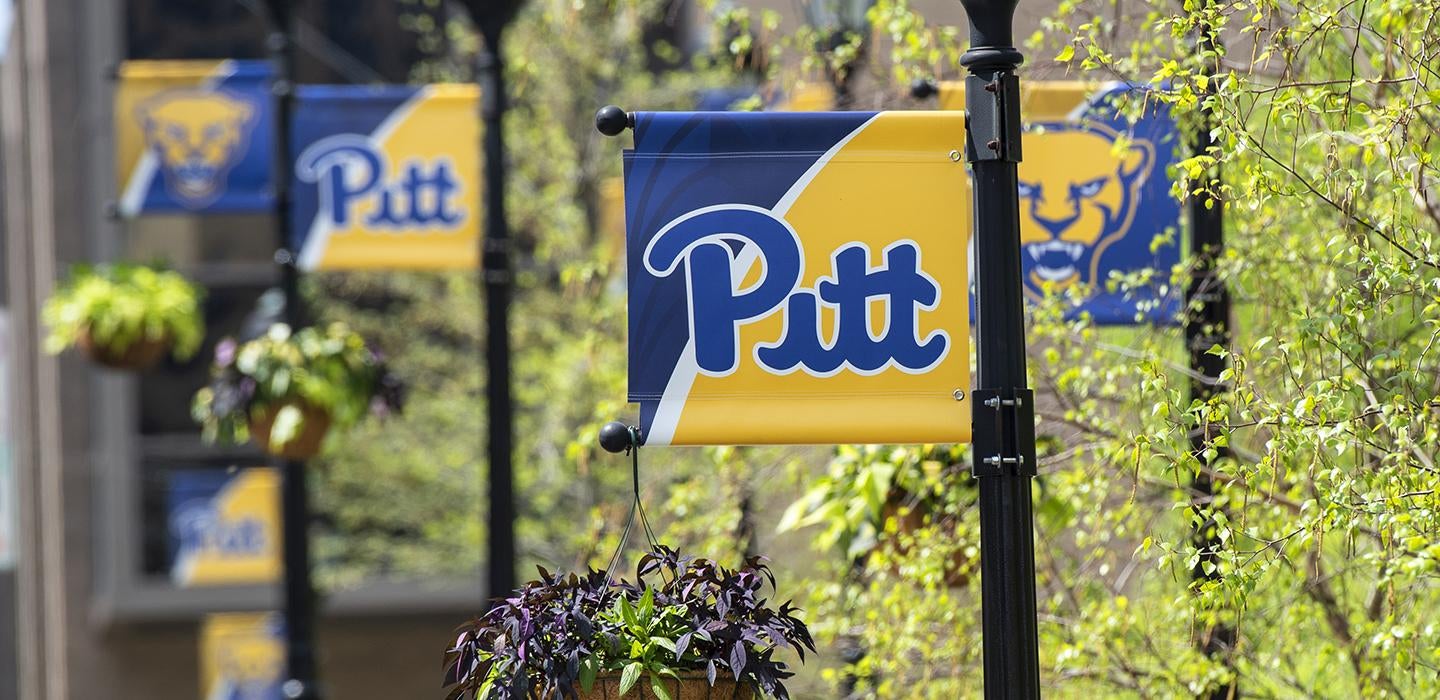
Subscribe to Pittwire Today
Get the most interesting and important stories from the University of Pittsburgh.A Pitt student group project earned second place in the U.S. Environmental Protection Agency’s (EPA) ninth annual Campus RainWorks Challenge, a national competition that engages college students in the design of on-campus green infrastructure solutions to address stormwater pollution.
For the competition, the EPA challenged students across the United States to apply green infrastructure design principles, foster interdisciplinary collaboration and increase the use of green infrastructure on the nation’s college campuses.
The winning PreciPITTation team members include:
- Brandon Brewster: team lead, Environmental Science
- Aaron Carr: Environmental Science
- Maria Doku: Architecture
- Maggie Lincoln: Ecology Evolution and Physics
- Harisa Martinos: Architecture
- Kelly McQueston: Geology
- Nicole Thompson: Civil Engineering
- Lou Tierno: Environmental Studies
The Pitt team of undergraduates received faculty support from Dan Bain in the Department of Geology and Carla Ng from the Department of Civil and Environmental Engineering.
As part of the RainWorks Challenge Master Plan category, the PreciPITTation project utilized multiple green infrastructure practices to create a master plan design focusing on eliminating combined sewer overflows, which is a complex matter across the country but especially in the Pittsburgh region, due to local combined sewer overflow issues. Students engaged with internal and external stakeholders to create a design that would manage stormwater runoff and reduce flooding while creating safe, multifunctional spaces accessible to the Pitt campus and greater Pittsburgh communities.

With support from the University’s Offices of Facilities Management and Sustainability, aspects of PreciPITTation’s plan are being integrated into implementation of the University’s campus master plan, including green roofs and increasing tree canopy across campus. The team’s concepts are also reflected in upcoming campus stormwater projects, which include a cross-campus rainwater reuse system and aboveground green stormwater infrastructure like that predicated in the team’s designs.


